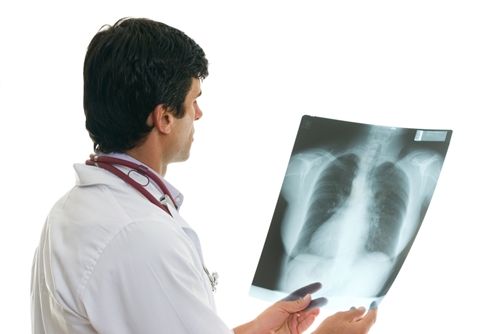Report shows men’s alarming susceptibility to osteoporosis
One-third of the hip fractures that occur across the world happen in men, according to new data published by the International Osteoporosis Foundation. In the first year following the fractures, the men were also found to have mortality rates up to 37 percent, suggesting that men have twice the chance of dying from a hip fracture than women. The report is called "Osteoporosis in men: why change needs to happen," and focuses on the fact that men's ability to live without pain as they age is being disrupted by the condition.
One of the causes of this high mortality rate is the fact that most men who have osteoporosis are never diagnosed or treated for the condition. Regardless of the type of fracture they experience, this leaves as many as 12 million men vulnerable to early death, giving the condition the nickname "the silent disease," according to the National Institute of Arthritis and Musculoskeletal Skin Diseases. An increasing number of men are relying on assisted living and nursing homes as they age due to the lack of action being taken by physicians to check on bone strength. This number is expected to continue increasing over the years.
The facts: Men vs. women
According to the report, osteoporosis is ironically thought of as a woman's illness. However, because doctors are not focusing on men's bone health, they are much more susceptible to early death and impairment caused by the disease. Recent studies have even shown that men are 50 percent less likely to get treated for the condition than women. Prevalent, fatal illnesses, such as heart disease and cancer, are the leading focus of health care systems and the government, leaving symptoms of osteoporosis to be ignored.
Osteoporotic fractures currently impact the lives of 1 in 5 men over the age of 50, but are predicted to affect a significant amount more as men continue to age. In fact, from the period between 1950 and 2050, there is expected to be a 10-fold rise – 90 million to 900 million – in the number of men over the age of 60 who develop the condition, according to the report. This is the age group that is most at risk of bone fractures.
Although there are various types of fractures caused by osteoporosis, such as spine and hip fractures, every type results in a higher mortality rate in men than in women. The report pointed to the fact that if physicians put more focus on identifying the condition in men following their initial bone fracture, the chances of another incident would decrease significantly.
How health care professionals can help
John A. Kanis, M.D., president of the IOF and a professor at the University of Edinburgh, said that the probability of men older than 50 experiencing an osteoporotic fracture is 27 percent greater than their chances of developing prostate cancer – one of the most frequent causes of death in men.
Lead author of the report Peter Ebeling, M.D., a professor at the Monash University, said that in the Europe alone, there is expected to be a 34 percent increase in the number of fractures in men by 2025.
Kanis stressed how important it is that health care professionals invest in the resources that will help them identify muscle, bone and joint diseases, such as Fracture Liaison Services, which was designed to determine who is at risk of osteoporosis. Innovative health IT, such as orthopedic EMR systems, will also help physicians effectively identify the disease. He added that osteoporosis is easily preventable and controlled, and therefore people should not have to live with the severe pain commonly associated with the condition.



